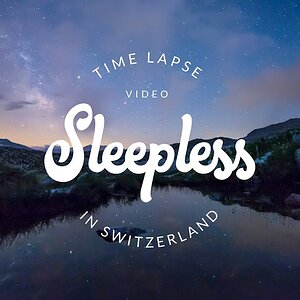You've mentioned the portfolio, I have two questions about that (if you don't mind me asking):
1) You've said it's like 20 superb photos. Would you recommend each photo of a different series of photos or not necessarily?
2) It's best to have a web portfolio or a printed one?
1. I recommend no more than 20 sleeved 8x10 prints in a loose-leaf binder. If someone wants to view your portfolio, 20 prints should be enough to convince someone you can do it. More than 20, he will become bored with it.
If you have only two or three sessions, you should make sure each photo is somehow different from the others in the series. I think it might be possible to have only one model, as long as each session is substantially different, and each shot in that series is different.
You need to show your range, and the wider the better. Location shots, studio shots, with flash or reflectors only, use scrims if required, windy conditions, on the beach, in the city, night shots, etc. Anything and everything.
2. Both. Use the website as a gallery space, but keep each gallery manageable in size. Never include any shot that you're not proud of. If a paying client wants to preview her gallery, and proof the shots she wants to buy, make it private with a password you give her. Do that for each gallery that a client will view online.
I already mentioned the print portfolio. That's the one you carry with you to meet a photo editor or potential client. Don't leave it unless you trust the person to give it back in good time. I probably wouldn't leave it under any circumstances. Besides; you never know when you run into somebody who wants to see your portfolio. "Presto" you have it right here!




![[No title]](/data/xfmg/thumbnail/37/37632-06d8ff7f84d84f6ac01249ce8885d896.jpg?1734170756)





![[No title]](/data/xfmg/thumbnail/32/32714-c30959d32073fa735ae7520dd978cd3b.jpg?1734162336)

![[No title]](/data/xfmg/thumbnail/32/32718-19d5f7764b6f43f6cec5a67701261560.jpg?1734162358)

![[No title]](/data/xfmg/thumbnail/32/32716-bd7f0a0030263f160d995f8547043458.jpg?1734162345)